Spot the good caterpillars from the bad
We tend to give a lot of focus to butterflies and moths once they’ve become these beautiful-winged creatures. But what about when they are caterpillars? The last time we really learn about caterpillars is when we are children. The amazing process usually starts with an egg and a very hungry caterpillar emerges. The amazing process usually starts with an egg and a very hungry caterpillar emerges. These ravenous caterpillars will gorge away on any leafy green plant until it grows bigger and bigger, and sheds its skin. And then one day the caterpillar hangs upside down from a twig, branch or leaf and spins itself into a cocoon and radically transforms itself into a butterfly or moth.
Did you know? There are over 12,000 species of moths and butterflies in North America. Many caterpillars are beneficial and turn into important pollinators, while other caterpillars tend to cause a bit more damage. Before we jump right in – we want to acknowledge that all native caterpillars have their place as a pollinator or prey in the food chain. When we refer to bad, we simply mean you may not want them in your garden due to the vegetation destruction they can cause.
Okay, let’s get started! There’s no way for us to go through 12,000 species of caterpillars so we’ll dive into the more commonly known ones and how can we tell the difference between good and how to control not so ideal caterpillars.
The Good: Monarchs
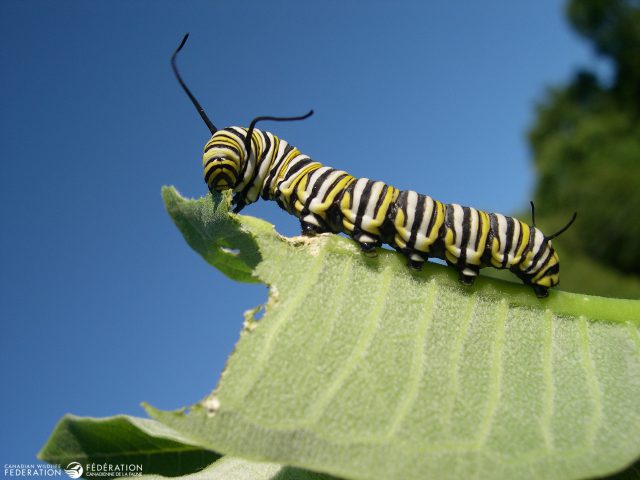
Need we say more? One of the most iconic caterpillar species in Canada. These easy-to-spot caterpillars with their yellow, white and black stripes make it easy to identify and protect. These plump caterpillars can grow up to two inches long with a black antenna at the head.
These are one of the caterpillars that we would all want in our garden. They pose no threat. They tend to typically feast on milkweed, which is great news for your garden! Monarch caterpillars rely on milkweed plants – and lots of it! This crucial plant is not only their main source of food but acts protection. Did you know? That white milky sap from the leaves stays in the caterpillar’s system making it taste unpleasant as adult butterflies and birds will actually avoid them once they’ve learned their lesson.
How to keep safe from predators: Ants, wasps, mantids, spiders, birds… the list goes on. This is a tough one. By having a well-balanced garden that encompasses bushes, shrubs, variety of native flowers, shade, habitat for all and plants placed out that provide a balance of habitat and food for everyone, everything would ideally work itself out. And don’t forget to offer milkweed to this caterpillar if your region will allow it!
The Bad: Hornworms

There are two kinds: Tomato hornworms and tobacco hornworms. They are plump, light-green and can grow as long and thick as your finger! Like their names suggest, it has a pointy horn on the rear! Like its name suggest – this is one of those caterpillars you may want to watch out for in your garden because of their appetite for leaves on all your favourite veggies – tomatoes, potatoes, peppers and more.
Eventually, the tomato hornworms caterpillar turns into the Five-spotted Hawk Moth and tobacco hornworms caterpillar turn into a Carolina Sphinx Moth.These moths have some resemblance to hummingbird moths which are beneficial pollinators but they are not the same.
To limit the population of hornworms caterpillars in your garden, plant a variety of flowers with lots of nectar and pollen, that will encourage natural predators to stick around like the parasitic braconid wasps.
The Good: Cecropia
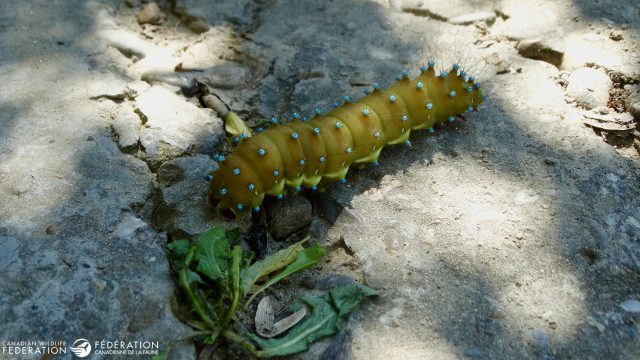
If you get to spot one of these caterpillars – and moth – count yourself lucky! This one of those instances where you simply can’t let looks fool you! These caterpillars look like they could be poisonous or dangerous with being neon green and spikey coloured spots but they aren’t. Believe it or not – they don’t pose much of a threat to your garden either. In fact, they have so many predators that you may want to consider helping them out.
These caterpillars tend to prefer to feast on the leaves of many trees and shrubs like Ash, birch, maple, poplar, apple, lilac and more. Eventually, these caterpillars morph into one of North America’s largest moth with a wing span up to 15 centimetres long. If you ever spot one of these, it is truly something magnificent to see! Unfortunately, they die after one to two weeks because they don’t have mouths. Its only purpose is to live for a few weeks to mate.
Just like the Monarch, they face many enemies at every molt like spiders, birds, beetles… the list goes on. By prioritizing diverse, well-balanced garden that encompasses native bushes, shrubs, variety of flowers, etc. it acts as a check and balance for all species living in the garden and everything would ideally work itself out.
The Good: Hummingbird Clearwing
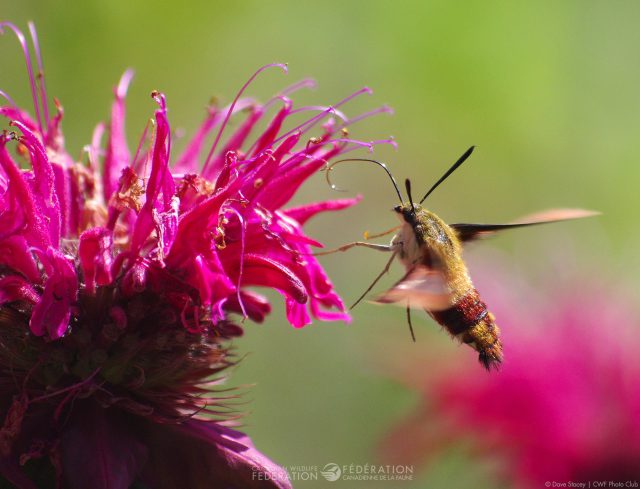
Another caterpillar that is such a delight to spot! As mentioned earlier, this caterpillar is often mixed up with hornworms caterpillar so noting these small differences will really help this spectacular pollinator. These caterpillars are plump and are yellow-green with a lot of tiny white dots a spikey tail horn – it’s the white dots that differentiate this caterpillar from hornsworms.
Hummingbird Clearwing caterpillars prefer to much away on the leaves of many host plants like honeysuckle, snowberry, hawthorns, cherry and plum trees and more! Consider planting a few of these to encourage a thriving population of these caterpillars.
Many caterpillars all face the same enemies. Sometimes it requires intervention with the list of recommendations above and sometimes we can minimize the impact for our pollinators by prioritizing diverse, well-balanced garden that encompasses native bushes, shrubs, variety of flowers, etc.
Here are just a few examples of some beneficial caterpillars and few that stay on the naughty list! If you would like us to write about more different types of caterpillars, leave us a comment below!



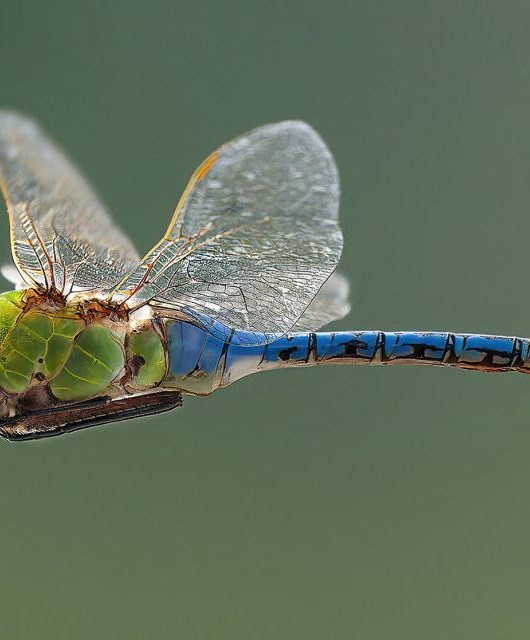
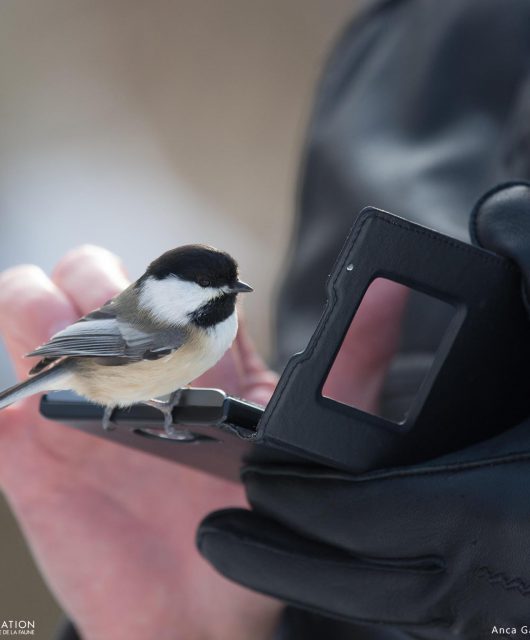
8 comments
I loved this informative issue. Never much thought about caterpillars (other than Monarch) and good to see some others identified.
Thank you
Thank you for sharing information on caterpillars, I enjoyed sharing with my grandchildren and so would appreciate more of the same.
I’ve started to notice caterpillars and would love to read more about the good and the bad. I like to photograph the butterflies and moths, and now am photographing the caterpillars too. It’s good to read about the plants that the caterpillars eat.
Wow, this was very informative. I’d love to keep learning about caterpillars and what to have in a small or large garden to help them out .
What do the eggs of cercropia moths look like? I think I saw a lot last year near a beautiful cercropia moth who later died.
I have a terrible time with caterpillars in my roses. I believe they come from eggs that make black marks on the small branches. I remove them whenever I see them but they seem to come all summer.
For many many years we as a family have rescued. Monarch caterpillars and released the butterflies of course.
Loved the info.
Hi Phyllis!
You can see a great photo of the eggs here: https://entnemdept.ufl.edu/creatures/bfly/moth2/cecropia_moth.htm
Loved this article. Would appreciate more & thanks.
Very good read! I would like to see photos of the butterfly and moths for each of the more common caterpillars.